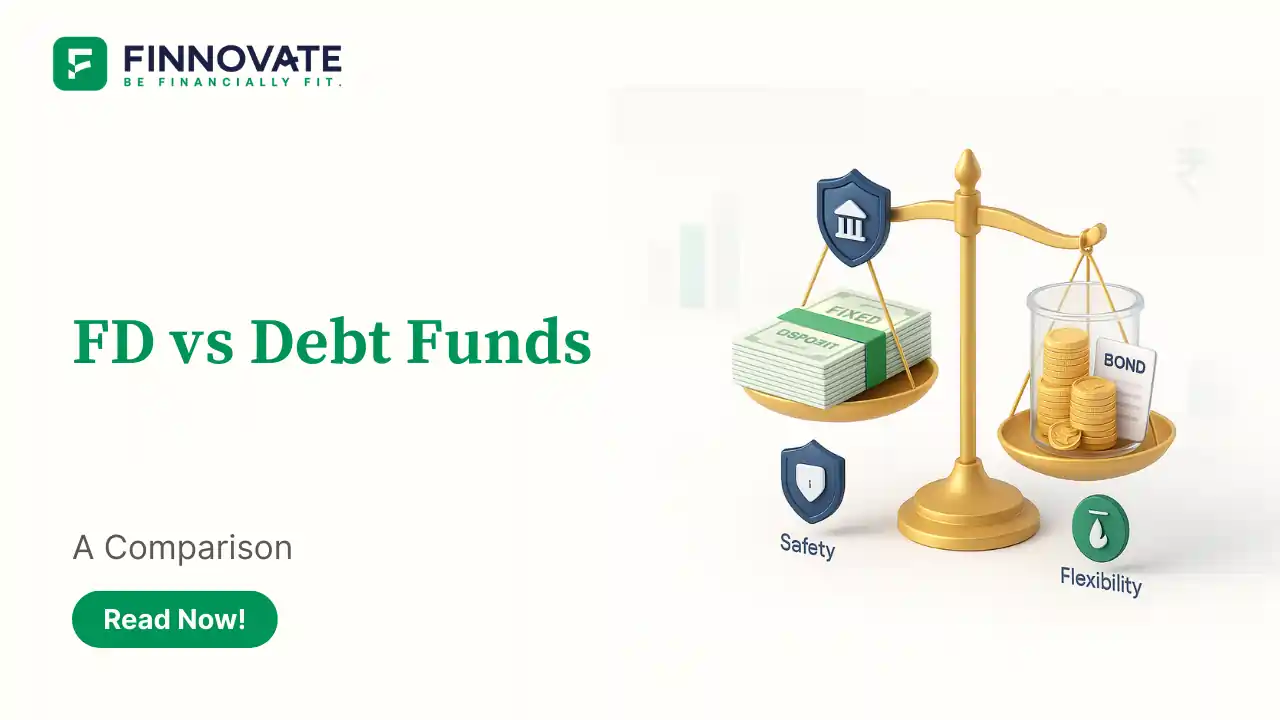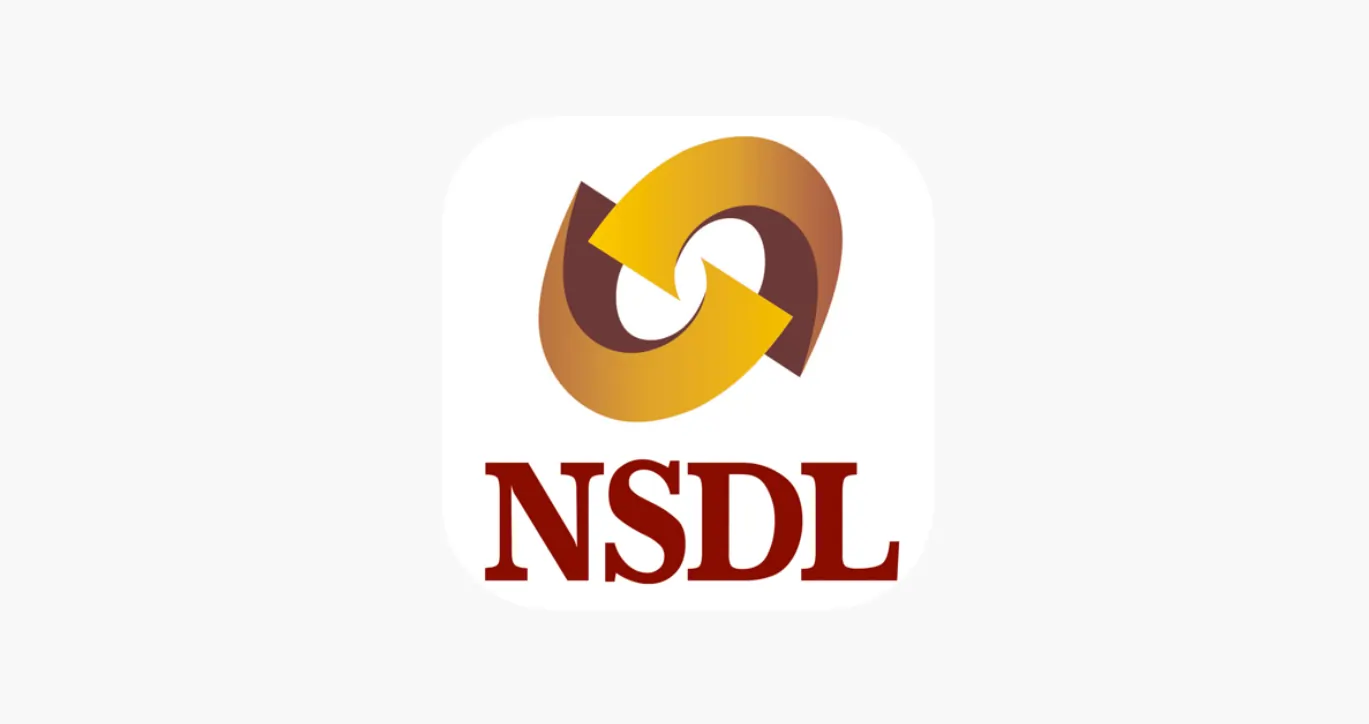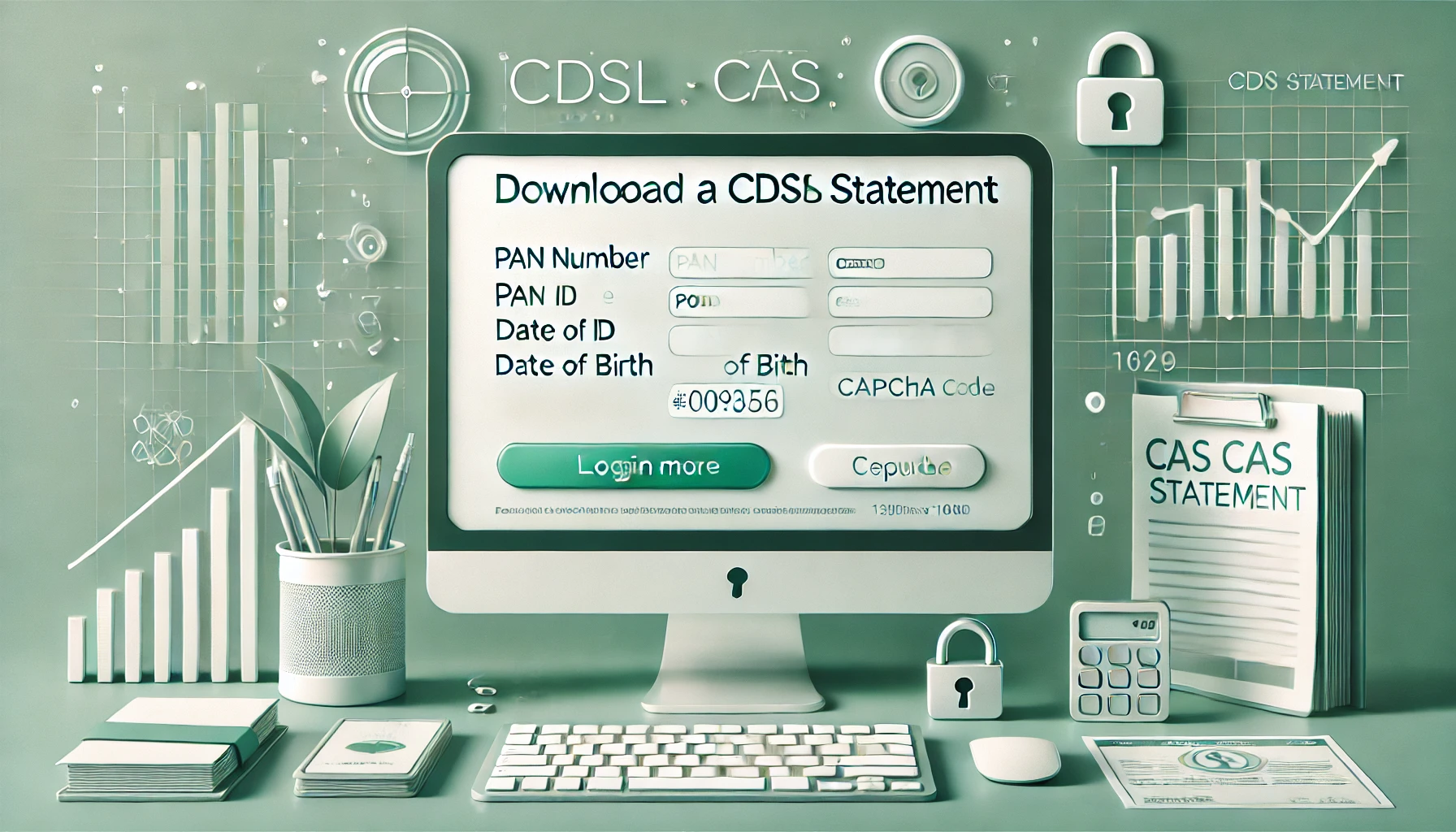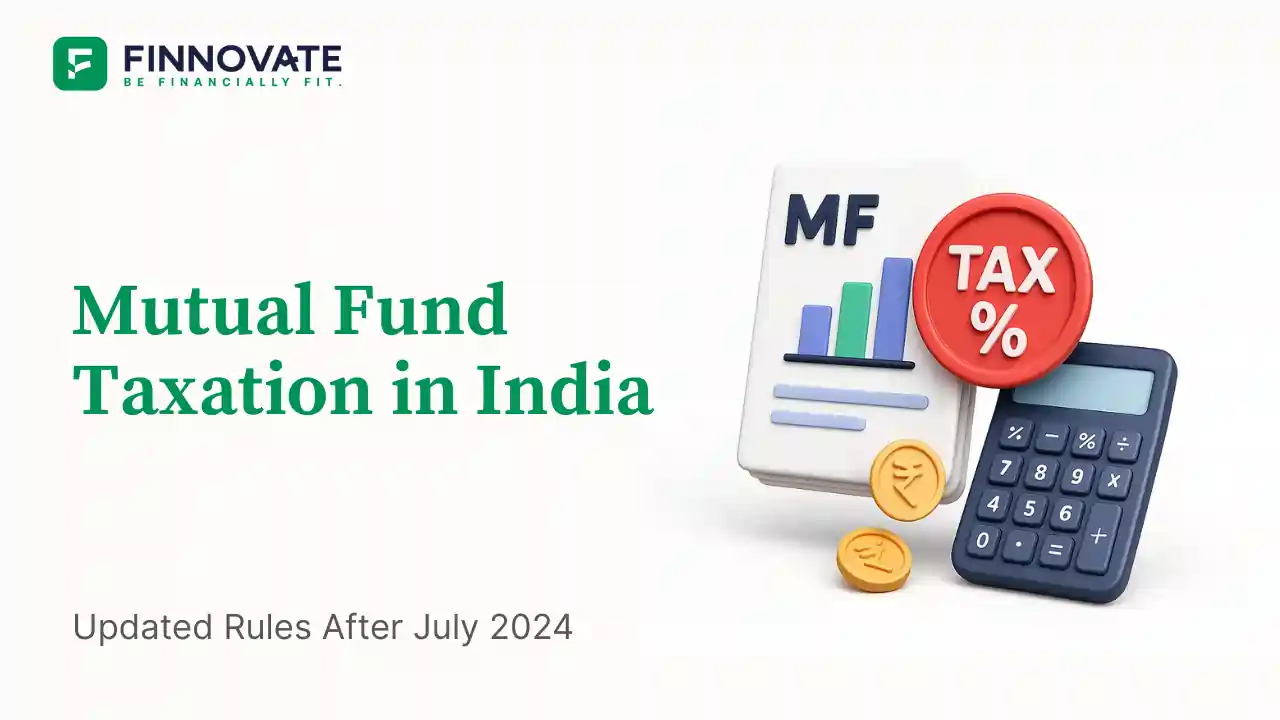Debt Fund vs FD: A Simple Comparison (Returns, Tax, Risk)

By

Most Indians start their financial journey with a Fixed Deposit (FD). It feels safe, predictable, and easy to understand. But over the years, debt mutual funds have become a popular alternative especially for short-term goals and better liquidity.
If you’re confused between the two, this comparison guide will make the decision clear.
A Fixed Deposit is a bank product that gives you a fixed interest rate for a fixed tenure.
FDs work best for people who want complete certainty and zero surprises.
Debt mutual funds invest in fixed-income instruments like:
Returns come from interest earned plus small price movements in these securities.
There are different types: liquid funds, money market funds, short-duration funds, corporate bond funds, etc. They all have different risk levels depending on where they invest.
Related Read: How to Use Debt Funds for Short-Term Goals
| Factor | Fixed Deposit (FD) | Debt Mutual Fund |
|---|---|---|
| Returns | Fixed, pre-decided | Market-linked (but usually stable) |
| Risk | Almost zero (scheduled banks) | Low to moderate |
| Liquidity | Penalty on early withdrawal | T+0 / T+1 redemption |
| Taxation | Taxed as per your slab + TDS | Taxed as per slab (no TDS for residents) |
| Ideal For | Safety, senior citizens, emergency funds | Short-term goals, flexible parking |
| Tenure | Fixed | No lock-in |
FDs give a fixed interest rate for the entire tenure - in recent years, many banks have offered roughly 6–7.5% for popular tenures. Actual rates change with the interest-rate cycle..
Debt fund returns vary based on:
Short-term debt funds have historically delivered returns in a similar band (around 6–8% over 1–3 years), but these are not guaranteed and can vary with markets.
Both FD and most debt funds are now taxed as per your income tax slab. So, if you are in the 30% slab and both give 7% in the same year:
The difference is not in the tax rate but in TDS and timing. In FDs, tax (via TDS) is cut every year, while in debt funds tax is applied only when you redeem, which can help with cash flow and planning redemptions in lower-tax years.
However, liquid funds and short-duration funds generally stay stable.
For most debt-oriented mutual funds bought on or after 1 April 2023 (where equity exposure is 35% or less), gains are now taxed in a similar way to FDs - at your income tax slab, without indexation benefits.
The difference: For resident investors, banks deduct TDS on FD interest every year, whereas mutual funds generally do not deduct TDS on capital gains. Tax on debt funds is paid when you redeem.
FD or liquid fund both work well.
Short-term debt funds offer better flexibility.
Debt funds usually perform comfortably unless interest rates rise sharply.
FD for safety + a liquid fund for instant access.
Liquid or money market funds are more convenient than FDs.
If you are new and want a simple framework:
Your time horizon, risk comfort and tax slab all work together. If you want a clear, personalised plan instead of guesswork, you can speak with our team.
No. FDs are safer. Debt funds have low but present market risks.
Yes, mainly in higher-risk categories. Liquid and short-duration funds remain stable.
Debt funds can give slightly higher returns, but nothing is guaranteed.
Yes, if you choose stable categories like liquid, money market, or short-duration funds.
Only if you want flexibility and understand that returns are market-linked.
Disclaimer: This article is for education only and is not investment, tax, or legal advice; returns are not guaranteed, tax treatment can change and depends on your personal situation, so please consult a qualified advisor before making any investment decisions.
Finnovate is a SEBI-registered financial planning firm that helps professionals bring structure and purpose to their money. Over 3,500+ families have trusted our disciplined process to plan their goals - safely, surely, and swiftly.
Our team constantly tracks market trends, policy changes, and investment opportunities like the ones featured in this Weekly Capsule - to help you make informed, confident financial decisions.
Learn more about our approach and how we work with you:

Learn how to easily download your NSDL CAS Statement in PDF format with our step-by-step guide. Follow our instructions to log in to NSDL e-Services, download your account statement, and subscribe for
Read Full
Explore what Specialised Investment Funds (SIFs) are, their benefits, taxation, minimum investment, how to invest, how they compare with mutual funds and PMS and latest developments in SIF space
Read Full
Learn How to Download Your CDSL CAS Statement with our step-by-step guide. Easy instructions for accessing your investment details online.
Read Full
Analyzing the potential economic impact of the 2025 India-Pakistan conflict on India's GDP growth, manufacturing sector, and foreign investment.
Read Full
Looking for the best financial freedom books? Here’s a handpicked 2025 reading list with summaries, why to read, and who it's best for.
Read Full
Determine if your Demat Depositary (DP) is NSDL or CDSL easily. Follow our guide to check using broking platforms or Demat account number formats
Read Full
Clear guide to mutual fund taxation in India for FY 2025–26 after July 2024 changes: equity STCG 20%, LTCG 12.5% with ₹1.25L exemption, debt/hybrid rules, dividends, examples, tables, and FAQs.
Read Full
RBI cuts repo rate by 50 bps and CRR by 100 bps in June 2025 to boost growth. Learn how it impacts inflation, borrowing, sectors, and market trends.
Read Full